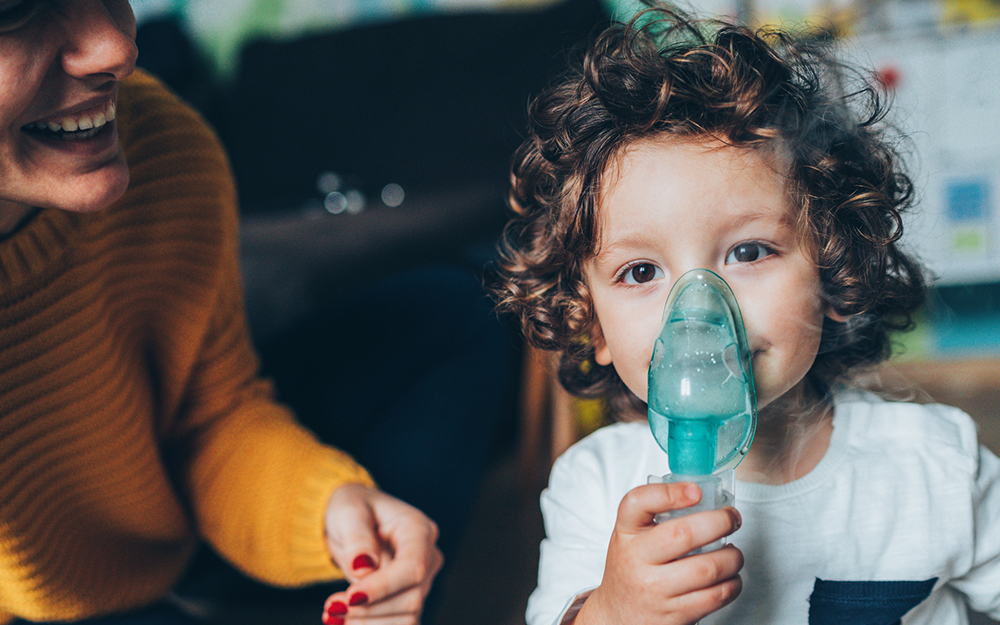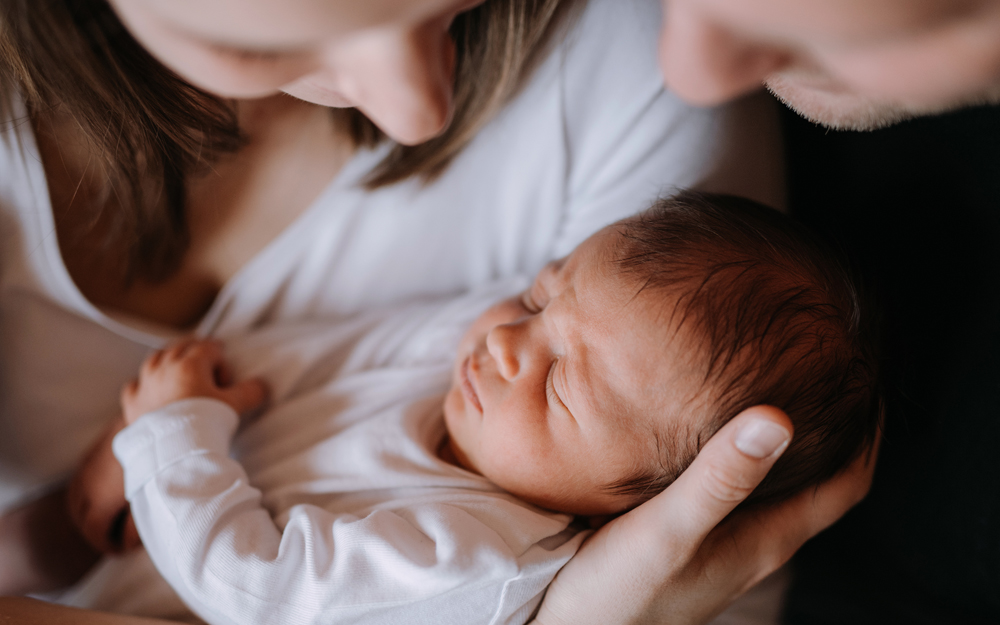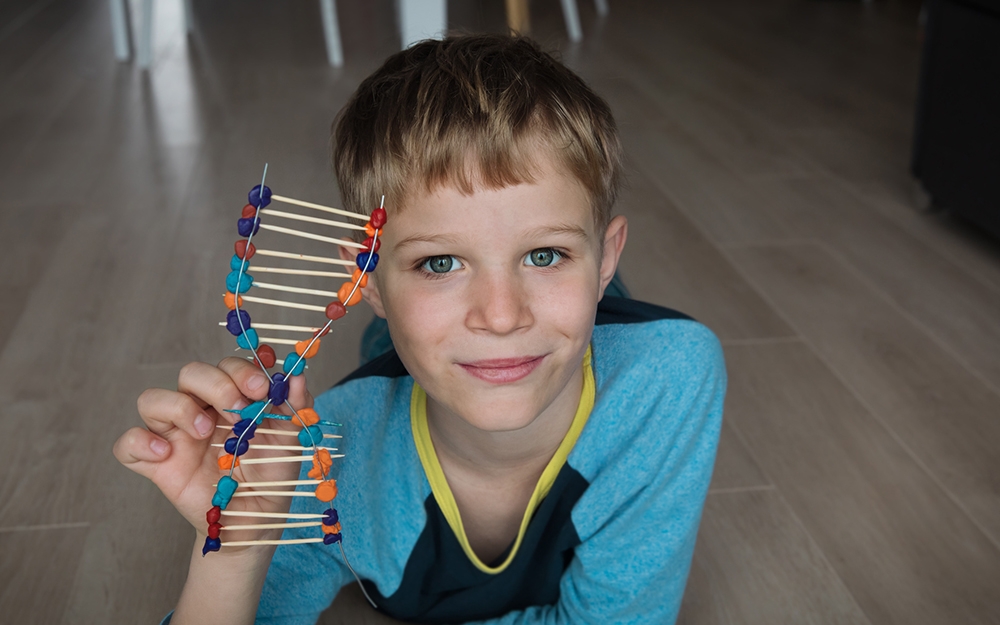Common Breathing Problems in Kids and How to Treat Them
Date
May 22, 2023

Date
May 22, 2023
Credits
Medical providers featured in this article

In Brief
{{cta-block}}
Whether playing sports, hanging out in the backyard or lying in bed with a cold, many children go through uncomfortable bouts of breathing problems.
For the approximate 4.2 million kids with asthma or another respiratory condition, the challenges can be severe, persistent or even life-threatening. Asthma is the most common chronic childhood disease, according to the National Institutes of Health.
Children might have intense coughing episodes that land them in the hospital and cost weeks of school, or hurt every time they take a deep breath, says Irina Dralyuk, MD, a pediatric pulmonologist at Cedars-Sinai Guerin Children’s. Respiratory illnesses can also limit their ability to do things they love and can impact their quality of life. Watching a child struggle with something so essential to survival can be terrifying.
“The toll is huge,” Dralyuk says.
And the burden is likely underestimated.
“Breathing issues often go unrecognized because people get used to it,” she adds. “Parents don't always notice or feel like they know what to do with it.”
Major breathing problems in kids
Here are tips and treatments for the most common breathing problems in children.
Asthma
This chronic inflammatory disease causes the lining around a child’s respiratory system to swell when triggered and the muscles and airways to constrict (bronchospasm)—restricting airflow. Asthma can show up as wheezing, whistling or noisy breathing; chest tightness; a constant or returning cough and breathlessness, especially when active.
It’s linked to environmental factors such as air pollution, smoke exposure and chemical disinfectants, as well as hereditary risk. Pests, dust and mold can also trigger attacks, health officials warn.
Treatment options include continuous inhaled or oral corticosteroids, often alongside bronchodilators that open tight airways. Lifestyle changes such as identifying and avoiding triggers can also be part of your child’s asthma action plan. The Centers for Disease Control and Prevention define asthma control as lessening symptoms and interruptions to your child’s life, with just one or no asthma attacks each year.
Kids can develop serious complications if asthma is poorly controlled, Dralyuk warns, and one in 20 children is hospitalized annually. A severe attack can cut off oxygen, injuring the brain, and can be deadly. Over time, asthma can also permanently damage lungs.
Allergies
Allergic rhinitis, either seasonal or year-round, is a reaction to an allergen that a child’s body thinks is dangerous and tries to fight off. Pollen from trees, grass or weeds is often to blame, as well as dust mites, mold, cockroach waste or animal dander.
The immune system releases histamine, which irritates the nose, eyes, throat and sometimes lungs. This causes sneezing, a stuffy or runny nose, itching and nosebleeds or wheezing. Affecting about 19% of children, there’s a strong overlap with asthma: Eight in 10 asthmatic children also have allergies, making symptoms worse.
Your child’s pediatrician might prescribe antihistamines, nasal sprays, decongestants or allergy shots for relief, or refer them to an allergist. Allergists recommend kids with a seasonal history start treatments two weeks before expected symptoms and always shower after playing outside to get rid of pollen.
{{providers}}
Infections
Viral illnesses such as croup or respiratory syncytial virus spread through direct contact with an infected person’s body fluid and trigger swelling in small airways in the lungs. Croup’s tell-tale sign is a barking cough, but kids might also have stuffy or runny noses, fever or lose their voice.
Babies and young children between 3 months and 5 years old are most susceptible, and because their airways are so small, breathing can take much more effort than it does for sick adults. Some kids get repeat infections in the winter.
Inhaled medicines and steroids prescribed by their doctor can help, as well as at-home care with a humidifier, washcloth or steam.
COVID-19 can also cause a lingering post-viral cough.
"We can improve a child's endurance and ability to breathe so they can exercise safely, improve lung function and have better lung health in the long term.”
Congenital or structural problems
Some complex genetic conditions such as cystic fibrosis cause mucus to thicken and stick in the lungs of the nearly 40,000 children who have it, according to the Cystic Fibrosis Foundation, weakening lungs over time. Revolutionary treatments are extending life, including those that edit a child’s genetic code. Preventive daily treatments such as breathing vests break up mucus, clearing airways.
Others are born with or develop chronic lung disease from lesions, scarring or swelling. Patients—who can have fast, shallow breathing all the way to more severe lung collapse—might need anti-inflammatory steroids, needle decompression, surgery to remove rare congenital malformations or immune suppressants.
Play it safe
Avoid triggers for any child with breathing problems—especially smoking or vaping, Dralyuk stresses, but also candles, incense, heavy dust or areas with high pollution or active wildfires. Monitor air quality to limit your child’s exposure.
Consult with your child’s pediatrician if you notice cough, congestion, faster breathing or decreased energy levels, she recommends.
Watch out for nasal flaring, belly breathing or if your child can’t speak in full sentences, which signals moderate to severe respiratory distress.
Visit your nearest emergency room if you notice a fast heart rate or blue skin, she adds, or if they’re gasping for air. Severe infections or flare-ups might need oxygen.
For kids who have had trouble breathing more than once or twice, seek out a pediatric pulmonologist for a work-up. Depending on the cause, they might loop in an ear, nose and throat doctor.
Also, it’s not normal for a child’s breathing to be strained regularly while exercising, she adds. A pulmonologist can prescribe an albuterol inhaler and spacer to be used 15 to 20 minutes before physical activity.
“We can improve a child's endurance and ability to breathe so they can exercise safely, improve lung function and have better lung health in the long term,” she says.





